Happy 2022!
Check out my previous blog post on mindfulness activities for children. Remember that we need to teach these strategies when children are calm and provide lots of opportunities for practice. Eventually children will be able to practice mindfulness themselves when they are upset. What a valuable skill for life-long self-regulation - and for a calmer classroom in the meantime! Here are four more mindfulness activities to help you to cultivate calmness in your classroom or home life. Please share your own as well - let's support one another as we strive for a better 2022!
Add these four mindfulness activities to your repertoire, and please share your favorites with us.
We at ECS are wishing you a happy, healthy, and calmer 2022!
0 Comments
|
AuthorI'm Diane Goyette, a Child Development Specialist, Trainer, Consultant and Keynote Speaker. I'm excited to share my blog! Archives
August 2023
Categories
All
|
|
Ways to Contact Us:
Schedule an Appointment |
|
Follow earlychildhoodspecialties for encouragement, teaching tips and more!
|
Follow eepworm for child-friendly posts!
|
© 2013-2024 Early Childhood Specialties LLC. All rights reserved.

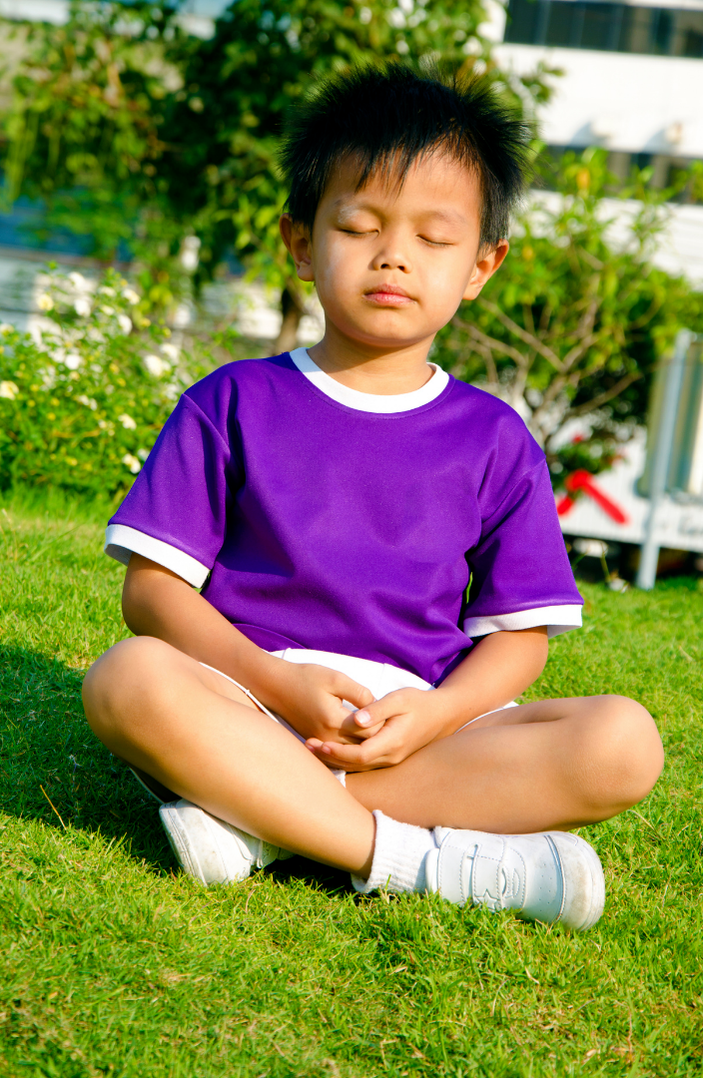
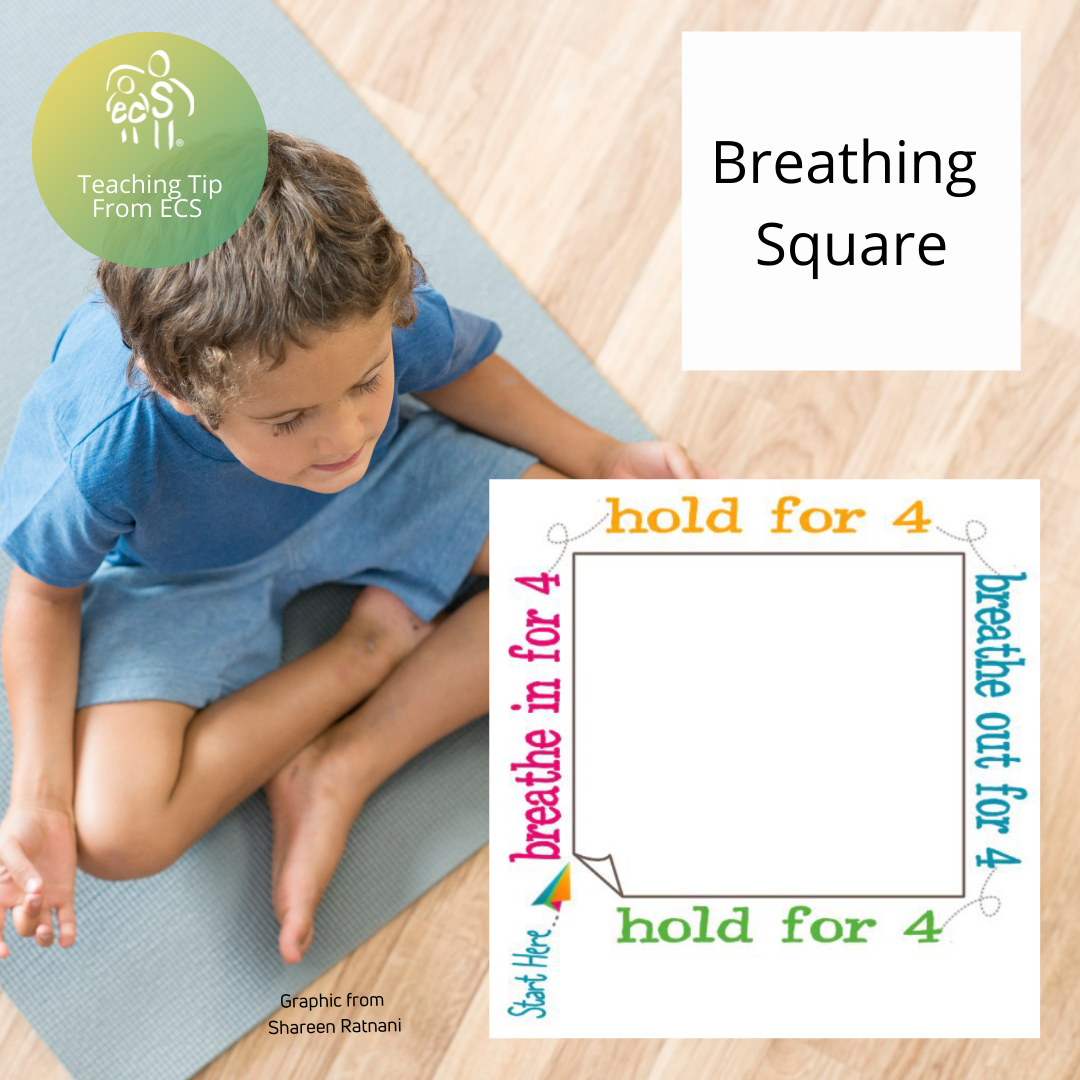
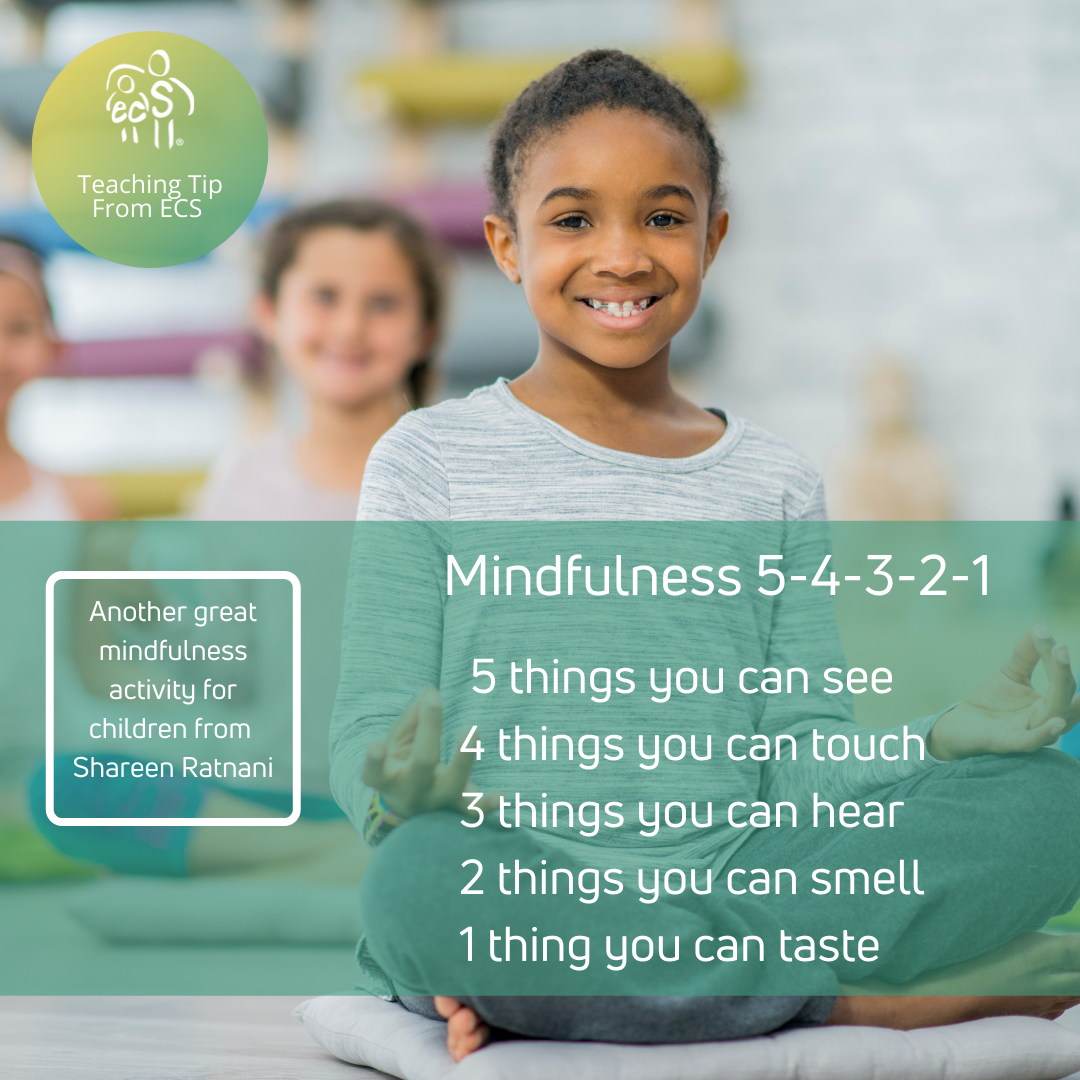
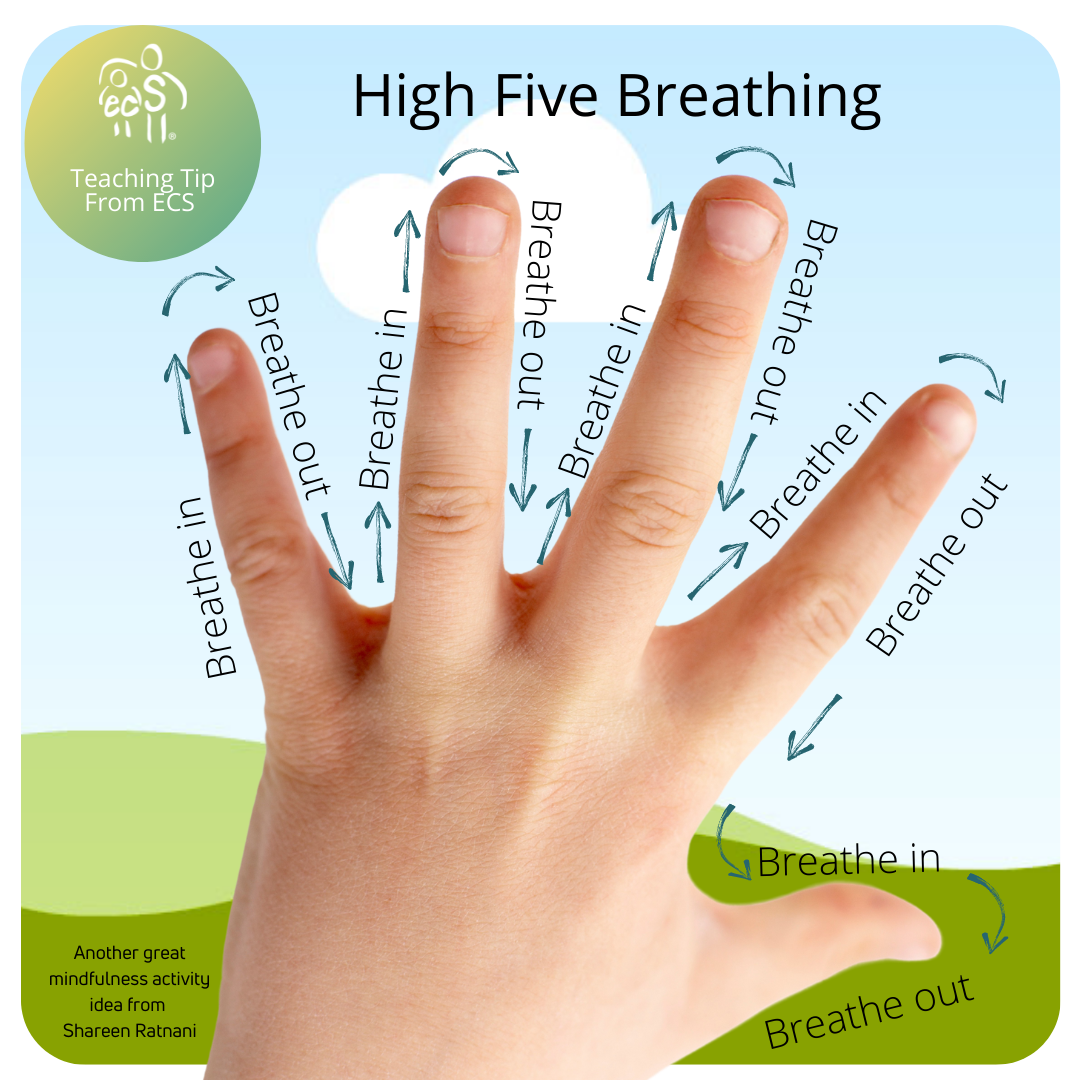
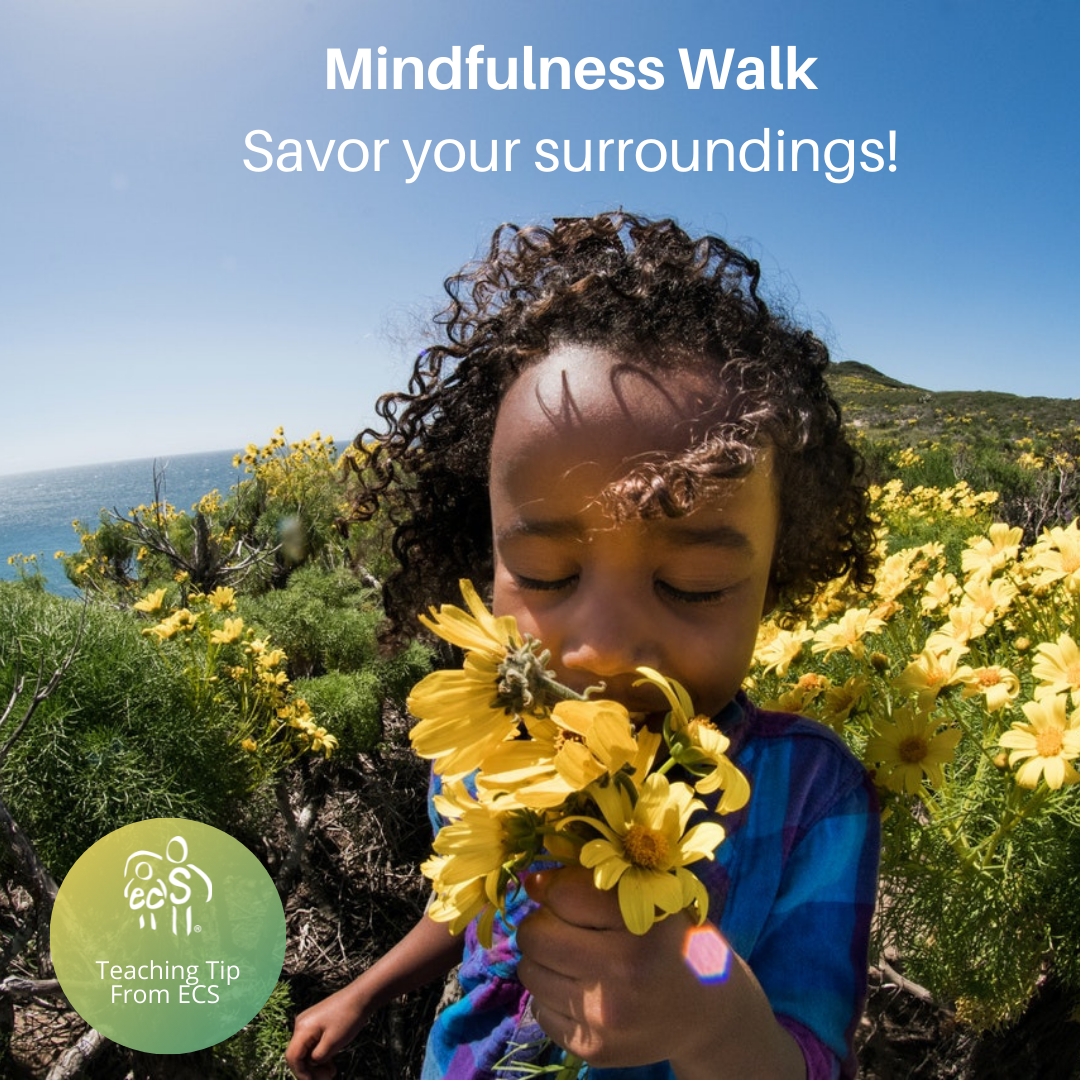
 RSS Feed
RSS Feed